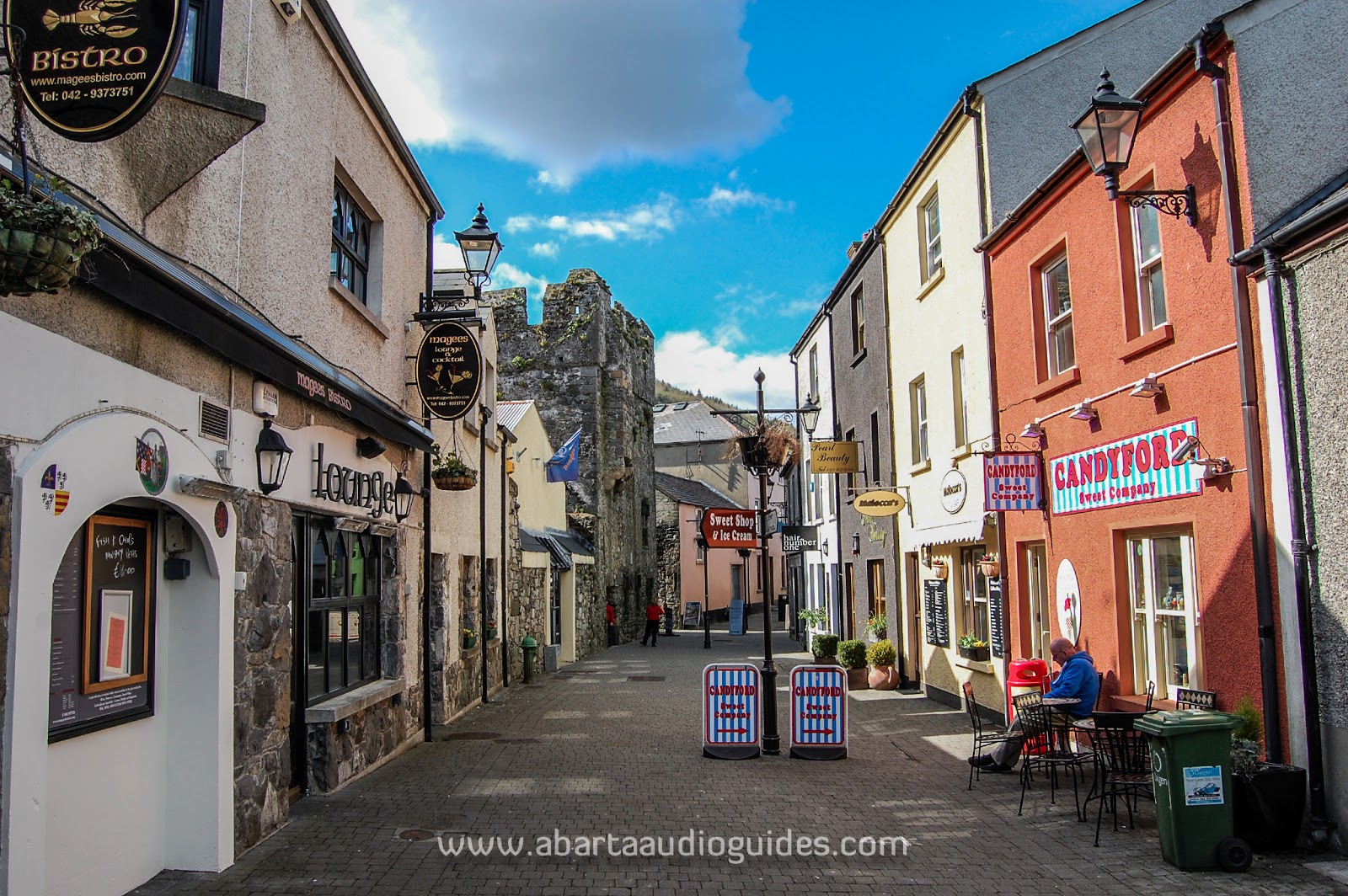

It must have been a very violent time.”īy 841, Vikings had established a year-round settlement around a timber-and-earthen fort known as a longphort at the confluence of the Liffey and Poddle Rivers, in the heart of modern Dublin. “Considering the weapons buried with these guys, and all the Viking cemeteries discovered in Dublin, I don’t think the Annals were exaggerating. “They came, they saw the lay of the land, and then came the catastrophic invasions described in the Annals,” Simpson says. Within weeks, the Annals say, the Vikings had won a battle “in which an uncounted number were slaughtered.” Recent excavations in Ireland tend to confirm the account the texts depict. Another entry records the arrival of a flotilla of 60 Viking ships in 837 at the mouth of the Boyne River, 30 miles north of Dublin. One entry, from 798, says the pagan invaders stole cattle tribute from chieftains, burned their churches, and “made great incursions in Ireland and also Alba ,” painting a picture of widespread chaos and destruction. The Annals describe hordes of Vikings plundering the landscape and battling the feuding warlords who ruled Ireland. Early medieval texts refer to the Vikings as simply “the heathens,” stressing the religious, rather than ethnic, differences between them and the Irish. At the time, Ireland had been Christian for at least three centuries, and its monasteries were its wealthiest and most powerful institutions. In 795 they reached Ireland with an attack on Rathlin Island, where the monastery was “burned by the heathens,” according to the Annals of Ulster, the longest and most detailed of the medieval texts that historians have relied on to chronicle the period. Population pressures at home, a thirst for wealth and adventure, and improvements in boat-building techniques all propelled the Vikings out of their chilly realm in search of conquest. 793, the day when seaborne Scandinavian raiders appeared on the horizon and attacked a monastery on the island of Lindisfarne, off the east coast of England. The beginning of the Viking era in Britain was long thought to have been June 8, A.D. They were already trading before those raids happened.” “How did the Vikings know where all those monasteries were? It’s because there was already contact. “Most researchers accept now that the raids were not the first contact, as the old texts suggest,” says Gareth Williams, curator of medieval coinage and a Viking expert at the British Museum. The monks were devastated by the attacks on their homes and institutions, and other contemporaneous events may not have been recorded because there was no one literate available to do so. Scholars are continuing to examine these texts, but are also considering the limitations of using them to understand the historical record. And, further, that those trading contacts may have occurred generations before the violent raids described in contemporary texts, works written by monks in isolated monasteries-often the only places where literate people lived-which were especially targeted by Viking raiders for their food and treasures. Simpson’s findings are now adding new weight to an idea gaining growing acceptance-that, instead of a sudden, cataclysmic invasion, the arrival of the Vikings in Ireland and Britain began, rather, with small-scale settlements and trade links that connected Ireland with northern European commerce for the first time. The tests, performed at Beta Analytic in Miami, Florida, and at Queen’s University in Belfast, showed that the men had been buried in Irish soil years, or even decades, before the accepted date for the establishment of the first year-round Viking settlement in Dublin-and perhaps even before the first known Viking raid on the island took place. Yet when excavation leader Linzi Simpson of Dublin’s Trinity College sent the remains for carbon dating to determine their age, the results were “quite surprising,” she says. All have been dated to the ninth or tenth centuries on the basis of artifacts that accompanied them, and the South Great George’s Street burials seemed to be four more examples. At least 77 Viking burials have been discovered across Dublin since the late 1700s, some accidentally by ditch diggers, others by archaeologists working on building sites. When Irish archaeologists working under Dublin’s South Great George’s Street just over a decade ago excavated the remains of four young men buried with fragments of Viking shields, daggers, and personal ornaments, the discovery appeared to be simply more evidence of the Viking presence in Ireland.


 0 kommentar(er)
0 kommentar(er)
